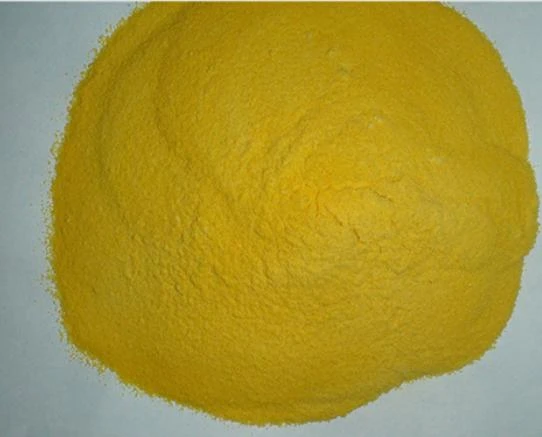flocculation in water purification
Flocculation in Water Purification
Water is an essential resource for life, and its quality directly impacts health and the environment. Among various methods of water treatment, flocculation stands out as a key process in purifying water by removing suspended solids and contaminants. This article explores the principle of flocculation, its significance in water treatment, and the steps involved in the process.
What is Flocculation?
Flocculation is a physical-chemical water treatment process that involves the aggregation of fine particles into a larger mass known as floc. It is often used after sedimentation and coagulation treatments to enhance the removal of particles from water. Coagulation involves the addition of chemicals called coagulants (commonly aluminum sulfate or ferric chloride) to destabilize the particles in water, while flocculation follows by gently mixing to promote the formation of floc.
The Importance of Flocculation
Flocculation plays a crucial role in water purification for several reasons
1. Effective Removal of Contaminants Flocculation helps to eliminate a variety of contaminants, including sediments, microorganisms, and organic matter. These are critical to address, as they influence water clarity, taste, and safety.
2. Improvement of Sedimentation The larger particles formed during flocculation settle more efficiently than smaller particles during the sedimentation process, leading to clearer water.
3. Enhancement of Filtration By reducing the number and size of fine particles in water, flocculation improves the performance of subsequent filtration systems, allowing for faster and more effective filtration.
4. Cost-Effectiveness Flocculation can reduce the need for extensive filtration and the use of expensive technologies such as membrane filtration, making water treatment more economical.
flocculation in water purification

Steps Involved in Flocculation
The flocculation process typically follows several key steps
1. Coagulation The process begins with the addition of coagulants to the water. These chemicals neutralize the electric charge on particles, allowing them to come together. Rapid mixing ensures that the coagulant is evenly distributed throughout the water.
2. Floc Formation After coagulation, the water is stirred gently to promote the growth of floc. During this stage, smaller particles collide and stick to each other, forming larger aggregates. This step is critical, as too much agitation can break the floc apart.
3. Floc Settling Once floc is formed, the water is allowed to sit undisturbed so that the floc can settle to the bottom of the treatment system. The settled floc, which consists of the particles and the coagulant, is removed from the bottom.
4. Filtration After settling, the clarified water can be passed through various filtration systems to ensure that any remaining particles are removed. This step enhances the quality of drinking water by ensuring the removal of pathogens and other smaller contaminants.
5. Disinfection Flocculated water often undergoes disinfection to kill any remaining microorganisms. Common methods include chlorination, ultraviolet light, or ozonation.
Conclusion
Flocculation is a vital process in water purification that significantly enhances the quality of water for drinking and other uses. By understanding the mechanism behind floc formation, water treatment facilities can efficiently remove contaminants, ensuring safe and clean water for communities. Ongoing advancements in flocculation technologies and methods continue to improve the efficiency and effectiveness of this essential water treatment process. In an era of increasing water scarcity and pollution, the importance of flocculation in ensuring access to clean water cannot be overstated. Its role not only protects public health but also contributes to sustainable water management practices around the world.
-
Water Treatment with Flocculant Water TreatmentNewsJun.12,2025
-
Polymaleic AnhydrideNewsJun.12,2025
-
Polyaspartic AcidNewsJun.12,2025
-
Enhance Industrial Processes with IsothiazolinonesNewsJun.12,2025
-
Enhance Industrial Processes with PBTCA SolutionsNewsJun.12,2025
-
Dodecyldimethylbenzylammonium Chloride SolutionsNewsJun.12,2025





